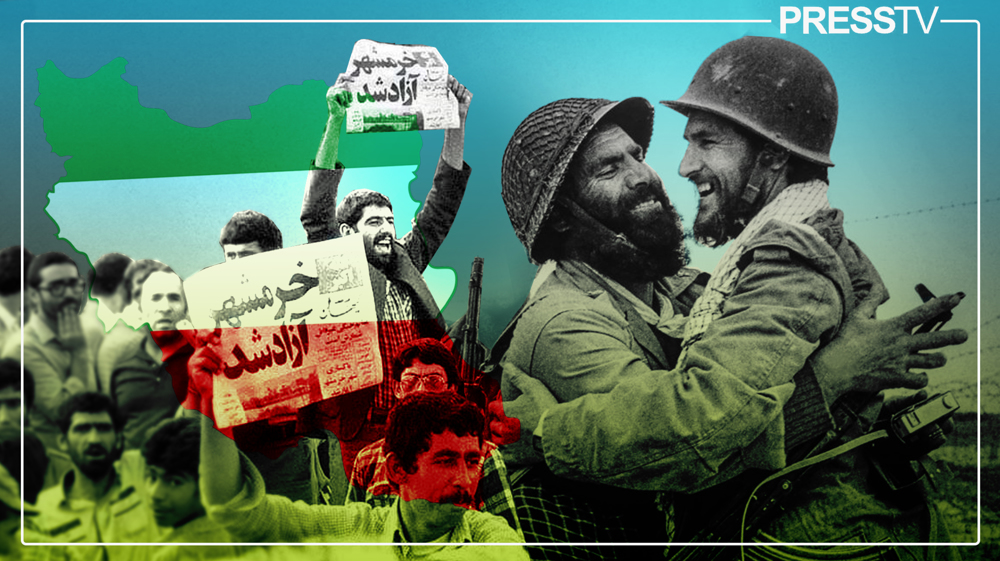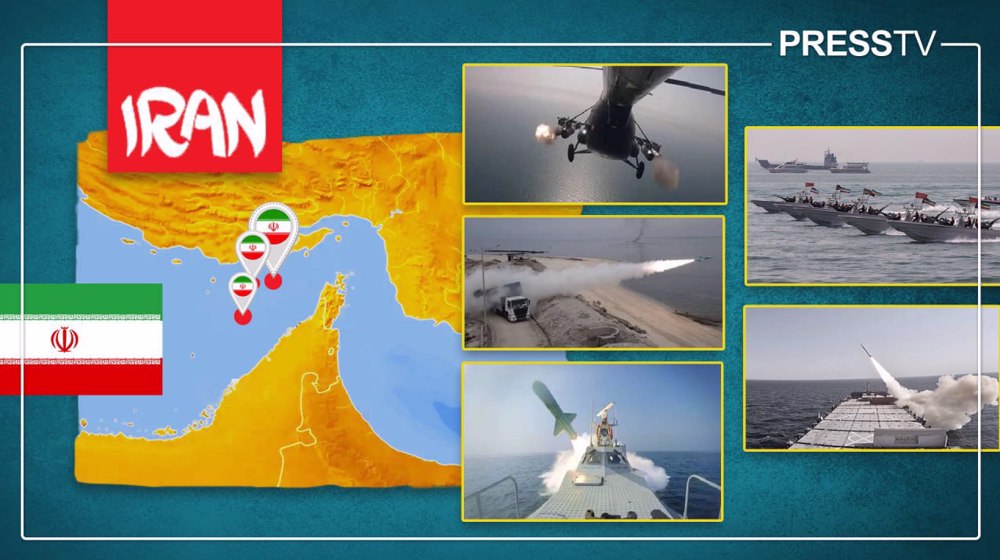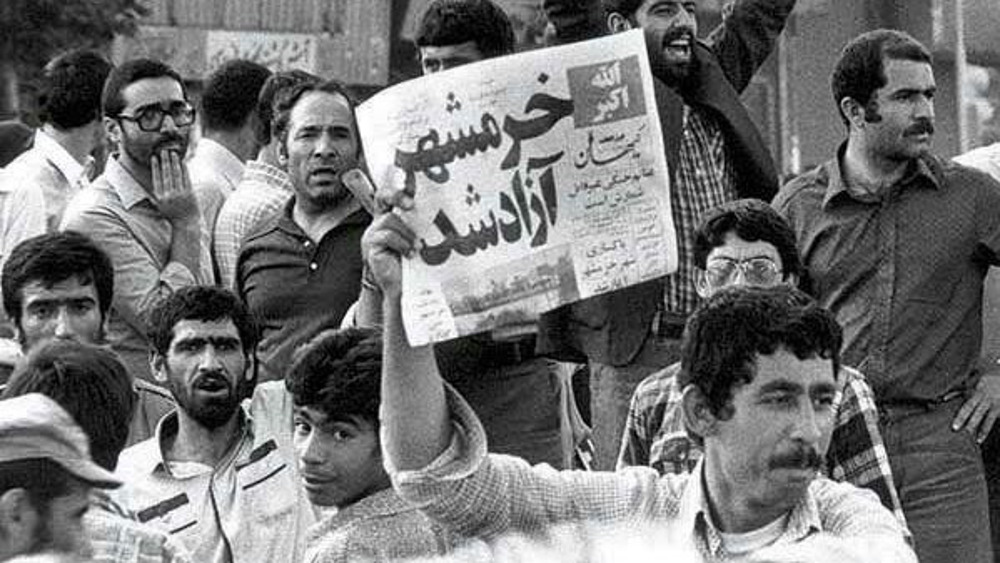Khorramshahr liberation: An exemplary display of Iranian heroism, unity
By Ivan Kesic
The 3rd of Khordad (24th of May) in the Iranian calendar marks the anniversary of the liberation of Khorramshahr, a turning point in the eight-year imposed war (1980-1988) and a heroic event that proved the Iranian military might in the fight against aggressive powers.
Located on the banks of the international waterway in the southwestern Khuzestan province of Iran, Khorramshahr was captured by Saddam Hussein's marauding forces in 1980, supported by Western powers, and remained under the occupation of the enemy for 575 days.
The enemy attack on Khorramshahr began on September 22, 1980, the very day that the Iraqi Baathist regime's aggression against Iran began, attacking border cities and airfields throughout the country.
This event followed just a few hours after the collapse of Iran-US negotiations in Bonn, over the disputed tens of billions of dollars that the Iraqi dictator had deposited in US bank accounts.
Saddam had received the green light from Washington to start the aggression with assurances of political and military support, which became evident from the manner in which the aggression unfolded.
Saddam Hussein clearly underestimated Iran’s military and paramilitary strength immediately after the success of the Islamic Revolution and expected the Arabic-speaking population in Khuzestan to support him and welcome him as a “liberator”.
It was a grave miscalculation. Khorramshahr, with only a few thousand armed men, successfully resisted tens of thousands of foreign invaders for a full month and a half.
The heroic resistance was also remembered for the large participation of Iranian women, who made up a quarter of the total number of defenders, a remarkable feat that the Western media overlooked.
Once known as the "Bride of the Middle East," due to the exemplary bravery and steadfastness of Iranian soldiers to defend their motherland, the city turned into a symbol of resistance in Iran.
In April 1982, Iran launched a large-scale operation code-named Beit ol-Moqaddas, recapturing all the occupied southwestern territories, including Khorramshahr, which was liberated after a fierce battle.
The outcome came as a great shock to the West-backed Iraqi regime and all its regional and international patrons, who found it hard to fathom that an isolated and sanctioned Iran could defeat an army supplied with sophisticated arms and chemical weapons by Western powers.
The victory in Khorramshahr is commemorated every year as a turning point of the imposed war and a symbol of Iranian heroism and national unity.
Ali Mousavifar, the representative of Leader of the Islamic Revolution Ayatollah Seyyed Ali Khamenei in Khuzestan province, in his remarks on Wednesday, said the liberation of Khorramshahr taught everyone the “sweet lesson of resistance, sacrifice and martyrdom”.
“The liberation of Khorramshahr is the end of the illusion of those who had a fixation about the defeat of Iran in the [Iraqi imposed] war,” he was quoted as saying.
Today, the glorious victory also represents something much bigger, a turning point in the elimination of Western-backed malicious plots in the region, because Tehran and Baghdad, as well as Iranian and Iraqi nations, see each other as allies and brothers now.
Together they fought against Daesh terrorism and resisted the presence of foreign powers. Every year, millions of Iranians make the pilgrimage to Iraq on the day of Arbaeen, where they are warmly welcomed by local people who share the same values of resistance against arrogance.
The long-standing Western dream of turning both countries into milking cows and pitting them against each other has failed miserably. Today, Iranians and Iraqis are on the same side, the side of resistance.
Ivan Kesic is an independent journalist and researcher based in Tehran.
(The views expressed in this article do not necessarily reflect those of Press TV
US-led meeting talks implementation of ‘phase two’ of Gaza ceasefire, ignoring Israeli violations
Iran’s subsidized currency allocations at over $42 in Mar-Dec: CBI
VIDEO | Locals march in eastern France after gas explosion kills two children
Iran wins double gold at world age-group Blitz Chess in Antalya
Two former Palestinian prisoners recount sexual abuse in Israeli detention
Iran cuts steel imports amid surge in domestic output
VIDEO | Trump’s comments on Golan Heights spark outrage among Syrians
VIDEO | Press TV's news headlines















 This makes it easy to access the Press TV website
This makes it easy to access the Press TV website